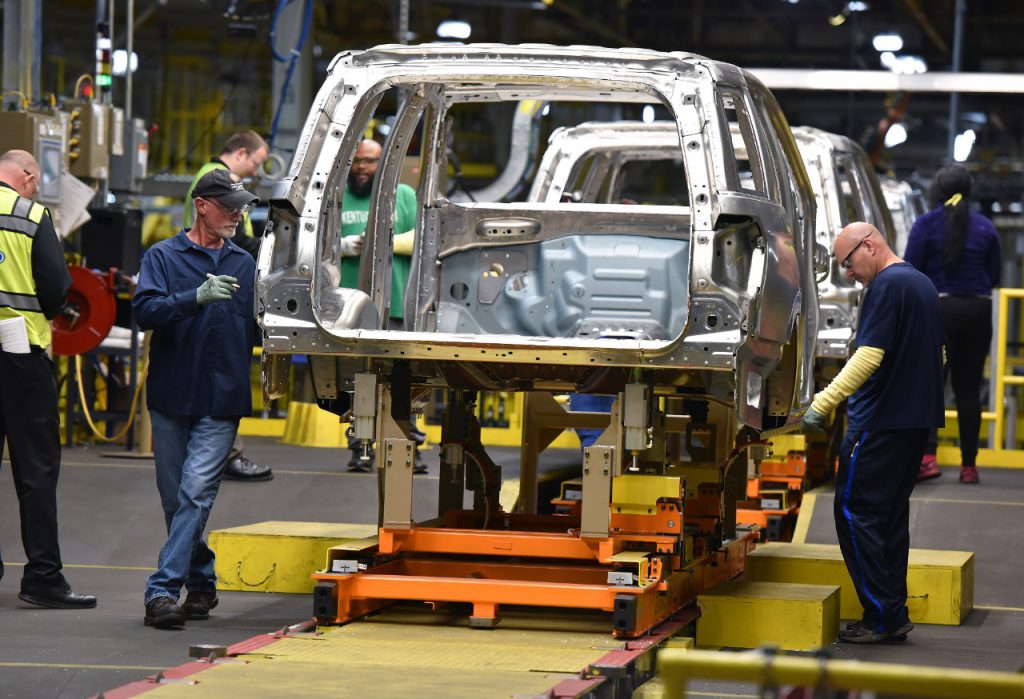Manufacturing Ends 2017 on a Positive Note
Share

Happy first Friday of 2018! We’ve got good news and bad news.
First, the good news. The Labor Department reported on Friday that manufacturing sector gained 25,000 new jobs in December, capping off a year of strong growth that saw 196,000 new factory jobs created.
Last year was the third best year for manufacturing jobs since the Great Recession (in 2011 we saw 207,000 new jobs while 2014 recorded 208,000 new jobs). It’s also worth noting that manufacturing jobs grew at a faster rate than jobs in the overall economy in 2017, once again showcasing the importance of a strong and robust manufacturing sector.
But don’t pop the champagne yet.
The latest trade numbers also came out on Friday, and they were not good. The Commerce Department reported that the overall trade deficit widened to $50.5 billion in November, a 3.2 percent jump that is also the highest in six years.
The goods deficit with China hit $33.5 billion in November, as imports increased by $1.8 billion. Part of this might be due to the time of year, as retailers imported large quantities of products ahead of the holiday shopping season (the latest iPhone, for example, shipped in November).
But the fact that the deficit is on the rise is not a good sign. As Reuters noted, “it’s likely that trade will subtract from economic growth in the fourth quarter.”
Meanwhile, wages remained sluggish, rising only 2.5 percent in 2017. Although stocks are soaring, wages haven’t hit the 3.5 percent growth mark that is typical in an economic upturn; wealthy Americans are seeing most of the gains.
Not surprisingly, President Trump’s defenders are crediting him for the job growth while his detractors are arguing he is putting his donors and the wealthiest Americans ahead of average people, half of whom do not have a single dollar in the stock market. As the Washington Post notes, it’s the same sort of economic riddle that former President Obama faced in the final year of his presidency, with added criticism facing the president since his first major legislative victory were tax cuts that largely favor the wealthy.
So what can the current administration do to help more of those average folks (many of whom, we note, are part of Trump’s base)? We have quite a few ideas, including:
- Finally making good on key 2017 promises on trade, including taking strong and decisive action on steel and aluminum imports and intellectual property concerns;
- Working alongside Congress to pass a substantial and sustained infrastructure investment package that will create millions of jobs and make the United States more globally competitive;
- Investing in other areas to further strengthen American manufacturing and create good-paying middle class jobs, such as investing in workforce training, apprenticeships and programs to spur innovation.
The factory job growth that took place in 2017 is a good thing. But whether that growth will continue — and whether more Americans will finally be able to see gains from the economic upswing — has yet to be determined.
